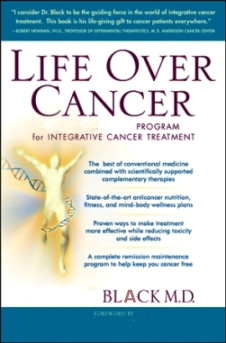 |
|---|
| Home | Contact |
|---|
|
PULMONARY EDEMA WHAT YOU SHOULD KNOW: Pulmonary edema is a build up of fluid in the lungs. The lungs are 2 hollow organs in your chest that stretch like a balloon when you breathe in, filling up with air. Pulmonary edema may be caused by a direct lung injury or a problem with your heart. Common signs and symptoms include restlessness, troubled breathing, and coughing up frothy pink-tinged sputum. A lung x-ray will let your caregiver know if you have pulmonary edema. You may need to be put in the hospital for treatment to get rid of the extra fluid. RISKS: Pulmonary edema is a serious, life-threating illness. A delay in treatment may make your illness worse. Immediate treatment may result in a complete cure. Ask your caregiver if you have questions about your illness, treatment or care. Activity: At first you may need to rest in bed. It may be easier for you to breathe if you rest with the head of your bed raised. You can also breathe easier if you rest your head on three or four pillows. Resting in a reclining chair may also help you breathe better. Another way to breathe easier is by saving your energy and resting more. If you have trouble breathing, call you caregiver right away. You may get out of bed when your breathing has improved. Breathing treatments: You may need breathing treatments to help open your airways so you can breathe easier. A machine may be used to help you breathe in medicine. A caregiver helps you with these treatments. At first you may need them more often. As you get better, you may only need the treatments when you are having trouble breathing. Oxygen: You may need extra oxygen to help you breathe easier. It may be given through a plastic mask over your mouth and nose. It may be given through a nasal cannula, or prongs, instead of a mask. A nasal cannula is a pair of short, thin tubes that rest inside your nose. Tell your caregiver if your nose gets dry or if the mask or prongs bother you. Ask your caregiver before taking off your oxygen. Never smoke or let anyone else smoke in the same room while your oxygen is on. Doing so may cause a fire. Ventilator: A ventilator is a special machine that can breathe for you if you cannot breathe well on your own. You may have an endotracheal tube (ET tube) in your mouth or nose. A tube called a trach may go into an incision (cut) in the front of your neck. The ET tube or trach is hooked to the ventilator. The ventilator can also give oxygen to you. Medicines:
|
|---|
